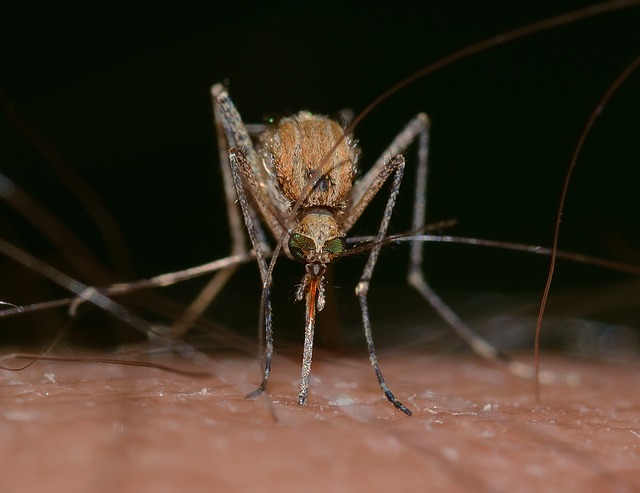Ohio’s first two human West Nile virus (WNV) cases in 2016 are being reported by the Ohio Department of Health (ODH). A 68-year-old woman and a 4-year-old boy, both from the same area of Marion County, are recovering. Marion Public Health has conducted an environmental assessment in the affected area and has implemented mosquito control measures.

Last year, ODH reported Ohio’s first human WNV case in 2015 at the end of July. In recent years, Ohio reported 35 human WNV cases in 2015, 11 in 2014, 24 in 2013, and 122 in 2012.
The primary way people get WNV is through the bite of an infected mosquito. Most people who become infected with WNV do not have any symptoms. About one in five people who become infected develop a fever with other symptoms such as headache, body aches, joint pains, vomiting, diarrhea, or rash. Less than 1 percent of infected people develop a serious neurologic illness, such as encephalitis or meningitis (inflammation of the brain or surrounding tissues). There are no medications to treat or vaccines to prevent WNV infection.
“This time of year, we could possibly see a growing number of human cases of WNV infection and positive mosquito samples throughout the state,” said ODH Medical Director Dr. Mary DiOrio. “These cases serve to remind Ohioans that they should take precautions to avoid mosquito bites and eliminate potential mosquito breeding sites in order to prevent mosquito-borne diseases like West Nile virus and Zika virus.”
According to the Centers for Disease Control and Prevention, 43 states have reported more than 300 combined human WNV cases, as well as WNV infections in mosquitoes and the birds who infect them so far in 2016.
Related:

